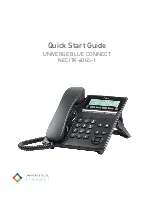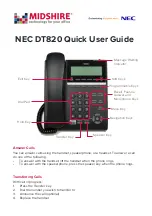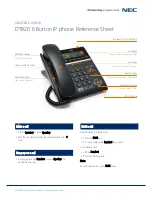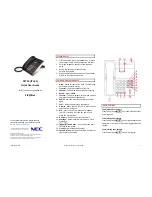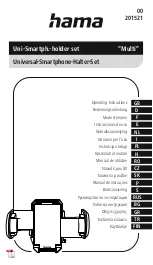
21
This device was tested for typical body-worn operations with
the back of the phone kept 15mm from the body. To comply with
FCC RF exposure requirements, a minimum separation distance of
15mm must be maintained between the user's body and the back of
the phone, including the antenna. Third-party belt-clips, holsters
and similar accessories containing metallic components shall not be
used. Body-worn accessories
that cannot maintain 15mm separation distance between the
user’s body and the back of the phone, and have not been tested for
typical body-worn operations may not comply with FCC RF
exposure limits and should be avoided.
For more information about RF exposure, please visit the FCC
website at www.fcc.gov
Your wireless handheld portable telephone is a low power radio
transmitter and receiver. When it is ON, it receives and also sends
out radio frequency (RF) signals. In August, 1996, the Federal
Communications Commissions (FCC) adopted RF exposure
guidelines with safety levels for hand-held wireless phones. Those
guidelines are consistent with the safety standards previously set by
both U.S. and international standards bodies:
<ANSIC95.1> (1992) / <NCRP Report 86> (1986) / <ICIMIRP>
(1996)
Those standards were based on comprehensive and periodic
evaluations of the relevant scientific literature. For example, over
120 scientists, engineers, and physicians from universities,
government health agencies, and industry reviewed the available
body of research to develop the ANSI Standard (C95.1).
Nevertheless, we recommend that you use a hands-free kit with
your phone (such as an earpiece or headset) to avoid potential
exposure to RF energy. The design of your phone complies with the
FCC guidelines (and those standards).


















